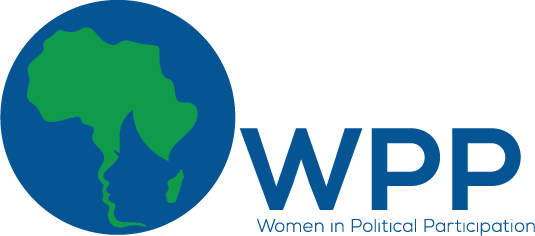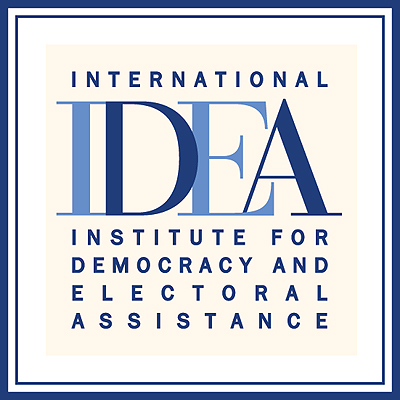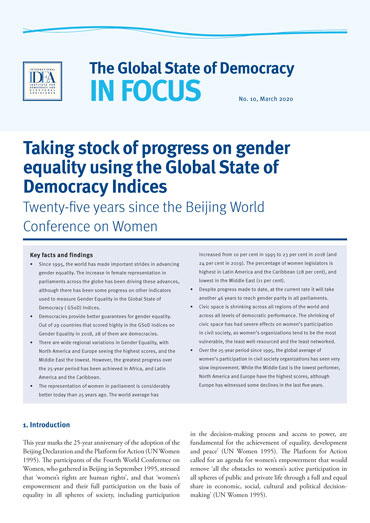Published: 6 March 2020
Language: English
Pages: 10
DOI: https://doi.org/10.31752/idea.2020.9
- Since 1995, the world has made important strides in advancing gender equality. The increase in female representation in parliaments across the globe has been driving these advances, although there has been some progress on other indicators used to measure Gender Equality in the Global State of Democracy (GSoD) Indices.
- Democracies provide better guarantees for gender equality. Out of 29 countries that scored highly in the GSoD Indices on Gender Equality in 2018, 28 of them are democracies.
- There are wide regional variations in Gender Equality, with North America and Europe seeing the highest scores, and the Middle East the lowest. However, the greatest progress over the 25-year period has been achieved in Africa, and Latin America and the Caribbean.
- The representation of women in parliament is considerably better today than 25 years ago. The world average has increased from 10 per cent in 1995 to 23 per cent in 2018 (and 24 per cent in 2019). The percentage of women legislators is highest in Latin America and the Caribbean (28 per cent), and lowest in the Middle East (11 per cent).
- Despite progress made to date, at the current rate it will take another 46 years to reach gender parity in all parliaments.
- Civic space is shrinking across all regions of the world and across all levels of democratic performance. The shrinking of civic space has had severe effects on women’s participation in civil society, as women’s organizations tend to be the most vulnerable, the least well-resourced and the least networked.
- Over the 25-year period since 1995, the global average of women’s participation in civil society organizations has seen very slow improvement. While the Middle East is the lowest performer, North America and Europe have the highest scores, although Europe has witnessed some declines in the last five years.



